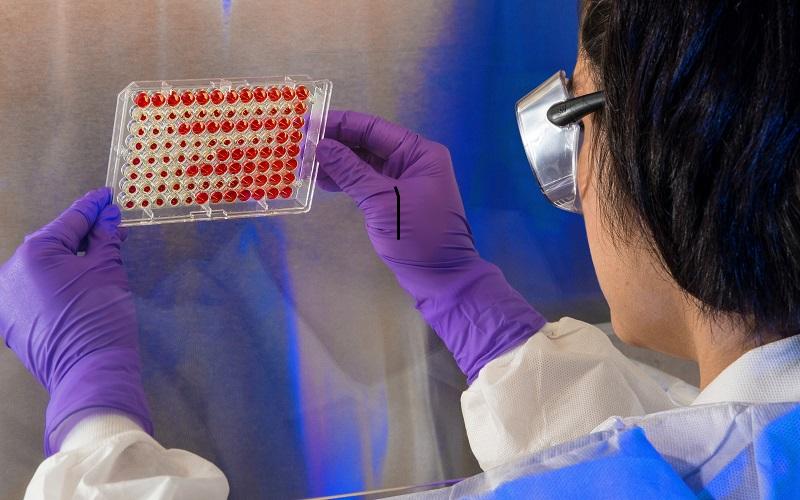Gene editing is one of the latest breakthroughs in biology. The well-known CRISPR-Cas gene editing system confers immunity against foreign DNA to prokaryotes (organisms lacking a cell nucleus). Since the discovery of CRISPR gene editing technology, scientists have revealed how CRISPR-cas proteins evolved from their precursors. This knowledge will help them develop other small new genome editing tools for gene therapy.
At the University of Tokyo, Professor Osamu Nureki’s team worked to identify the structure and function of proteins involved in genome editing. In a recent study by the team, they discovered the 3D structure of protein TnpB, a possible precursor to the CRISPR-Cas12 enzyme. Their findings were published in Nature.
Previous research has shown that the TnpB protein may act like a pair of molecular scissors, cutting DNA with the help of a special type of non-coding RNA called omega RNA. But how RNA-guided DNA cleavage works. And its evolutionary relationship to the Casl12 enzyme, was unclear prompting research from Nureki’s lab. The first and most critical step in their understanding was to reveal the protein’s strcture. To determine the three-dimensional strcture tnp B, the researchers extracted Tnp B protein a bacterium called Deinococcus radiodurants and used cryo-electron microscopy. In cryo-electron microscopy, a protein sampled is cooled to -196 using liquid nitro gen and illuminated with an electron beam, revealing the protein’s 3d structure.









